Coronavirus: Third state in lockdown frenzy
More than 13.5 million Australians will spend the next week under stay-at-home orders after South Australia joined Victoria and NSW in Covid lockdown.

More than 13.5 million Australians will spend the next week under stay-at-home orders after South Australia joined Victoria and NSW in a lockdown to prevent the spread of the Delta strain of Covid-19.
After Victorian Premier Daniel Andrews revealed the state’s lockdown would be extended for another week, his South Australian counterpart Steven Marshall ordered a seven-day lockdown as the number of Covid-19 cases in his state reached six.
In NSW, the government’s crisis cabinet sent parts of the state’s central west into a snap lockdown after infected removalists from Sydney were linked to a number of possible exposure sites. The Orange Woolworths, Officeworks, Pizza Hut and parts of the North Orange Shopping Centre were venues of significant concern, health officials said.
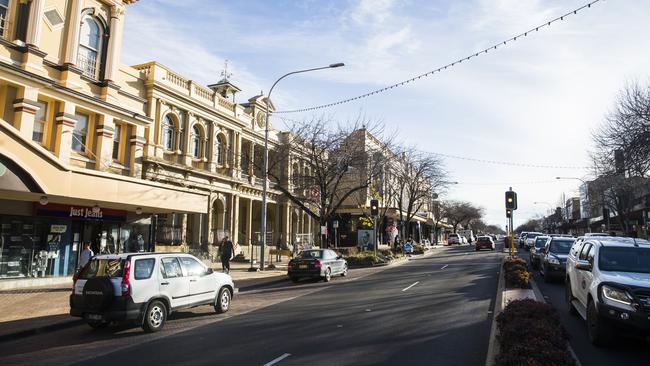
There were 78 new Covid-19 cases across NSW reported on Tuesday, 27 of whom spent time in the community while infectious.
With three states living under stay-at-home orders for at least the next week, business groups called for a cost-benefit analysis of lockdowns and for a supercharging of the vaccine rollout.
Figures released on Tuesday show only a small fraction of cases in Sydney’s current Covid-19 outbreak have had one or both vaccine doses, suggesting inoculations had prevented the spread of the virus. Official figures covering the first four weeks of the outbreak – from June 12 to July 10 – show only 5 per cent of people who contracted Covid-19 in NSW had been fully or partially vaccinated.
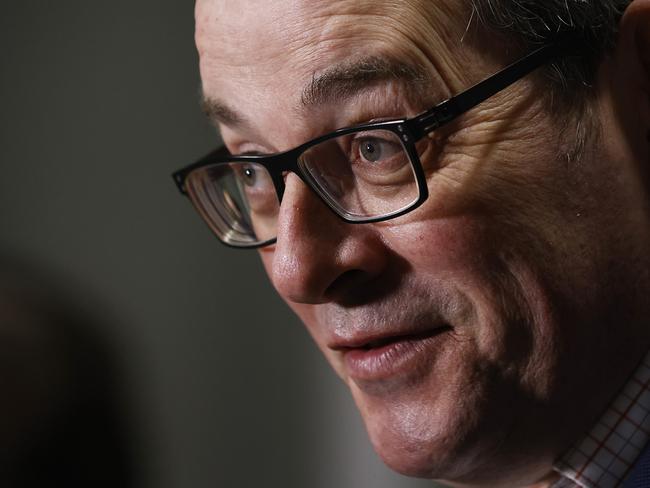
At that time, 33 per cent of the population had received at least one dose; 11 per cent had had both.
The NSW Health data, released on Tuesday, shows about 91 per cent of those who contracted Covid-19 were not vaccinated.
But Health Minister Greg Hunt said NSW – battling to contain a growing number of cases since June 16 – was better placed to deal with a lengthy outbreak and avoid the “agony and ravages” of Victoria’s second wave, which lasted almost four months.
“We’re vastly better placed this time, both through vaccinations and the lessons learned from that period, and we can do it and we’ll do it again,” Mr Hunt said. “The NSW outbreak now is, I think, making real progress.
“We saw it reach 100 cases. On this day, a year ago, where I’m standing in Victoria, there were 275 cases, and not long afterwards, only a couple of weeks later, there were approximately 700 cases in one day.”
Victoria recorded 13 new cases on Tuesday, 12 of which were linked to the larger of the state’s two clusters that originated in NSW, sparked by three Sydney removalists who visited Melbourne almost a fortnight ago. The 13th case is believed to be linked to the other cluster of 10 cases, in an extended family living across three households in the City of Hume, in Melbourne’s outer northern suburbs.

But the link between the case and the cluster was not clear, with Covid-19 logistics chief Jeroen Weimar expressing concern amid a detection of virus fragments in wastewater from Roxburgh Park.
Victoria Tourism Industry Council chief executive Felicia Mariani said another seven days of restrictions would be the final straw for many of the state’s tourism operators, warning that “the reverberations of these rolling lockdowns create economic impact that stretches well beyond the timing of the lockdown”.
“It’s clear that we won’t have a road to recovery without significant sustained support that lasts until widespread vaccinations can be achieved across the country at year end,” said Ms Mariani.
“The decision at the end of last year to pull the pin on JobKeeper and all the related safety net measures was taken on the modelling that Australia would achieve significant rates of vaccination by the end of March.
“Clearly that projection never materialised,’’ she said.
Restrictions are also weighing heavily on the retail industry, as ANZ card data showed spending over the most recent weekend slumped by 40 per cent in Victoria versus levels recorded in late May before lockdown 4.0, and by 30 per cent in NSW.
ANZ senior economist Adelaide Timbrell said the tighter retail restrictions in Sydney from Monday would drive spending even lower. She said June retail spending data from the Australian Bureau of Statistics on Wednesday would show a decline, and then a bigger fall in July.
This would reverse a trend of climbing sales since mid-2020, although turnover would remain well above pre-pandemic levels.
Ms Timbrell said she was confident that spending in Victoria would bounce back when restrictions were lifted, but that in Sydney “as the likelihood of another extension grows the likelihood of economic scarring also grows”.
National employer association AiGroup said state and territory leaders had for too long referred to health advice to justify “job and life-wrecking decisions”.
“The time has come for that advice to include a proper cost benefit analysis of lockdown decisions, including the impact of Covid lockdowns on general health, mental health, impacted business sectors and the general economy,” said AiGroup chief executive Innes Willox.
“Premiers need to stand up and advise the community of their best estimate, based on a proper analysis of earlier experiences, of how many jobs will be lost and for how long, how many people will be stood down, how many businesses will have to close temporarily and permanently, (and) how much economic activity and wealth will be lost,” Mr Willox said. ADDITIONAL REPORTING: PATRICK COMMINS

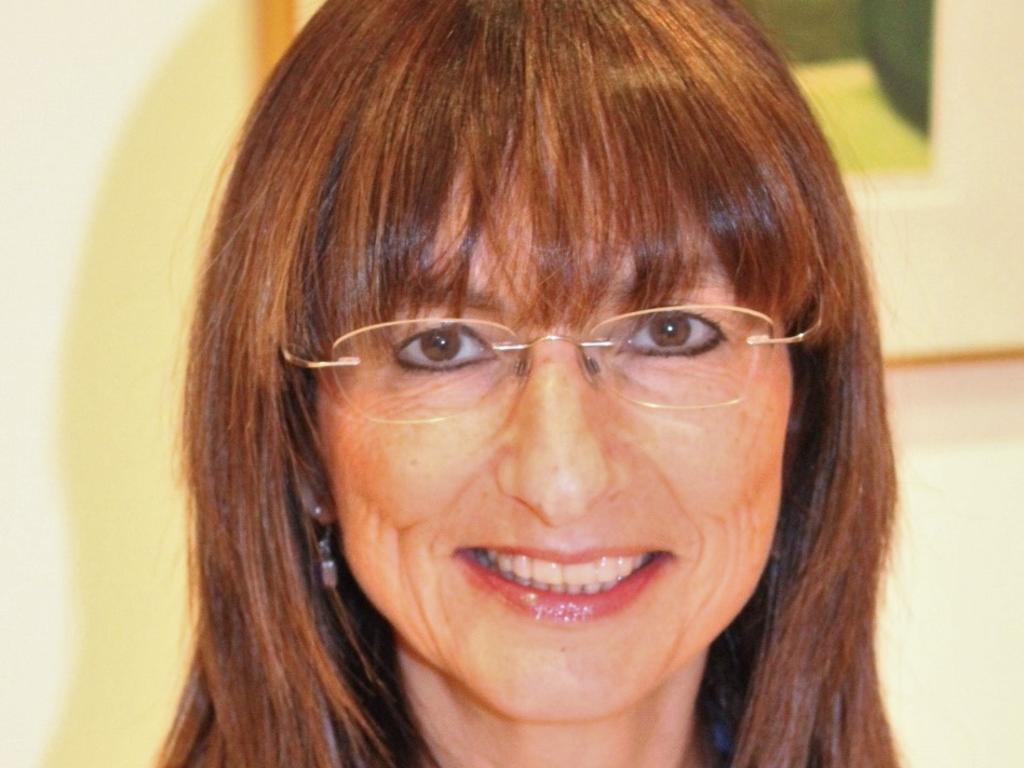

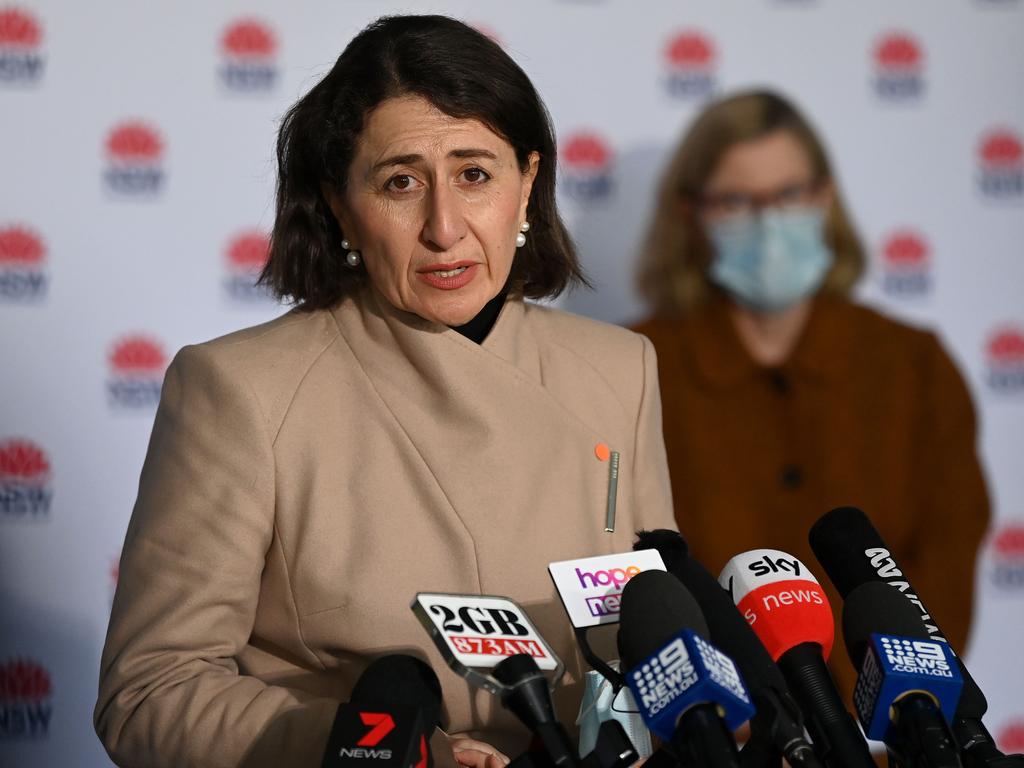
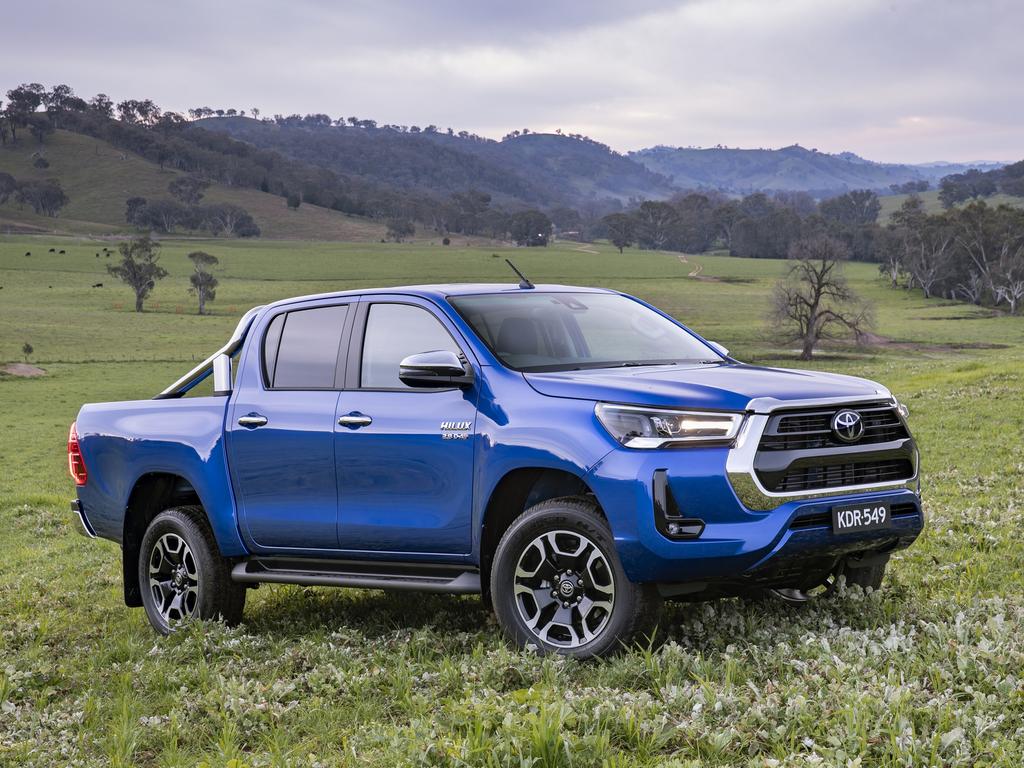


To join the conversation, please log in. Don't have an account? Register
Join the conversation, you are commenting as Logout